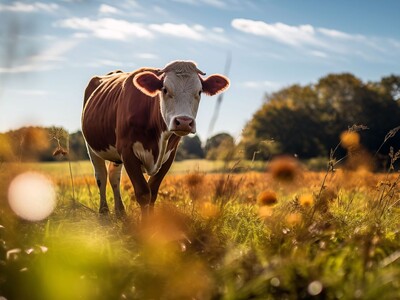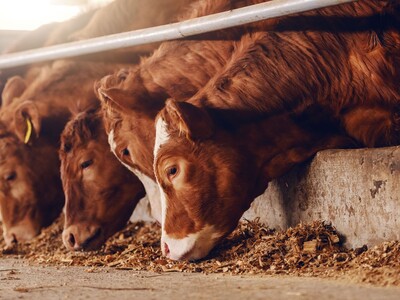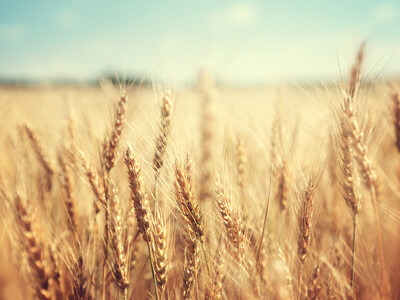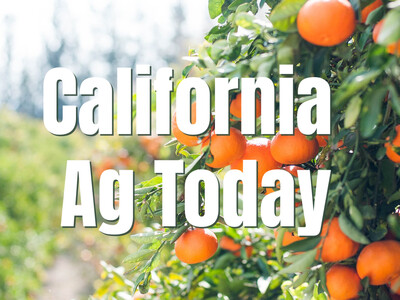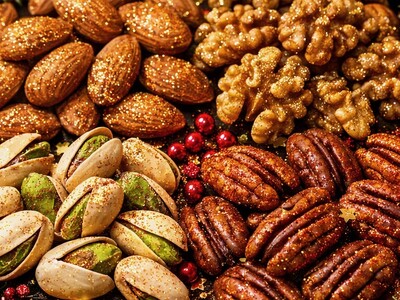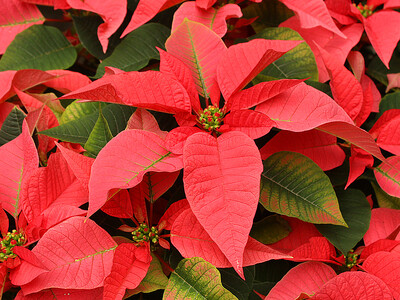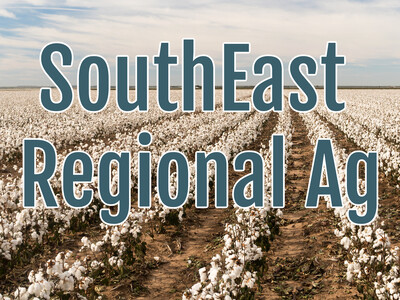Corn vs. Camelina
Russ Gesch, a plant physiologist with the USDA Soil Conservation Research Lab in Morris, Minnesota, talked with me about camelina which is a member of the mustard family and an emerging biofuel crop.Camelina is also one of those food/fuel crops. It is high in Omega three fatty acid and it is a heart healthy oil which contains a lot of vitamin E. "Is there the same debate about camelina as there is about corn? For use as a biofuel? Yes. A lot of people suggest that by the time you finish growing corn for use as ethanol, you've used so much petroleum that it is a wash. Sure. There are a couple of debates there and that is one of them. Crops like corn and some of our other commodity crops require a large amount of inputs, fertilizer, herbicides, pesticides etc. There is petroleum attached to all of those things. Not just the fuel costs for planting and harvesting and all of that but of course the chemicals that are used to help grow it. Camelina is not a low input crop but it is much lower than some of our commodity crops like corn. The amount of inputs that you need are a lot less. Thus there is less petroleum use attached to that. It is a more carbon friendly crop.




